
Pet food is transforming from using traditional proteins from animals to using different sources, such as plants, fermented products and bugs.
Pet food is a growing business that provides what pet owners and their pets want and need. As more people see their pets as part of their family, they want products that are good for their pets’ health and the environment. Let us look at some of the trends in pet food that demonstrate how people and the market, are changing.
some pet food brands are doing things like reducing carbon, saving water, and making less waste to be more eco-friendly.
Pet food is transforming from using traditional proteins from animals to using different sources, such as plants, cultured cells, fermented products, and bugs. These sources have many advantages, such as being better for the environment, easier to digest, less likely to cause allergies, and having new tastes. Many pet food brands are using protein from yeast and bugs in their products. For example, a company makes dog food from cricket (a close cousin of the grasshopper and locust) protein, which has a lot of iron, Omega-3 fats, and vitamin B12. An average of 10 locust attacks or swarms are seen in India in a normal year. As per National Geographic, a swarm could have as many as 40 to 80 million locusts that cause extensive damage to crops. If these were processed to produce pet food, we’d be killing two birds with a single stone.
Pet food is also changing because of the growing need for sustainability, in the ingredients, the packaging, and the operations. Pet owners care more about how their buying affects the environment and society, and they want pet food brands to share their values. For example, more and more of pet owners like to use sustainable packages to reduce harm to the environment. Some of the new things in pet food packaging are materials that can be recycled, broken down, or reused, as well as labels that show ethical and sustainability standards. Also, some pet food brands are doing things like reducing carbon, saving water, and making less waste to be more eco-friendly.

Another change that Pet food is going through is, because of the increasing need for personalization, which shows that pet owners want to give their pets what they need and like.
Personalization can be different things, such as nutrition that befits the pet, online interaction with vets, regular deliveries, and packaging that interacts with the pet. For example, many food preparations for dogs and cats are being seen now, that are based on their age, weight, activity, and health goals. Apps have made their way to our smart phones that links pet owners with vets and gives personalized tips, reminders, and rewards.
Pet food is also changing because of the growth of online shopping, which gives pet owners more choices, lower prices, and easier access. Online shopping has become the main way to buy pet food, especially during the COVID-19 pandemic, when many shops were shut down or limited. Online shopping also helps pet food brands to find new customers, get data, and give rewards.
In conclusion, pet food is a dynamic and competitive industry that is influenced by various trends in consumer behavior and market conditions. Some of the latest trends in pet food include alternative proteins, sustainability, personalization, and e-commerce. These trends present both opportunities and challenges for pet food brands, as they need to innovate, differentiate, and adapt to meet the evolving needs and expectations of pet owners and their pets.


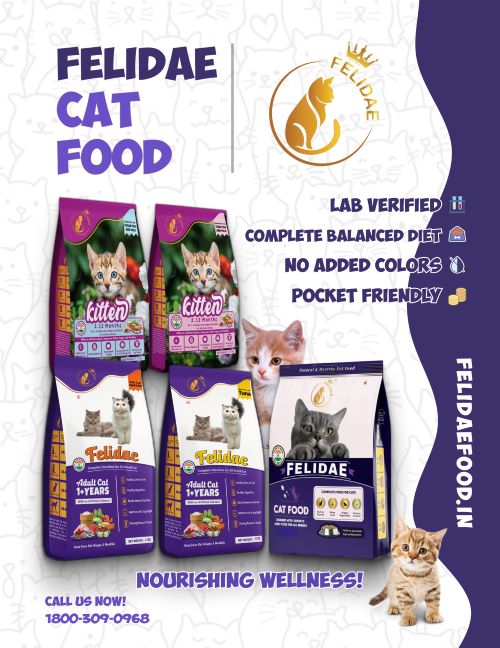
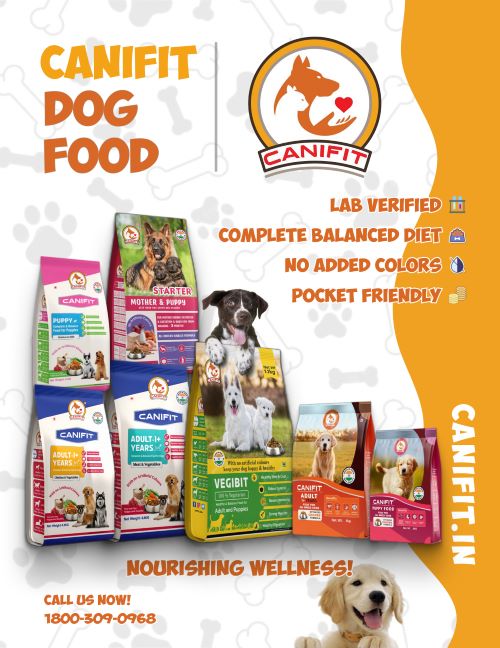
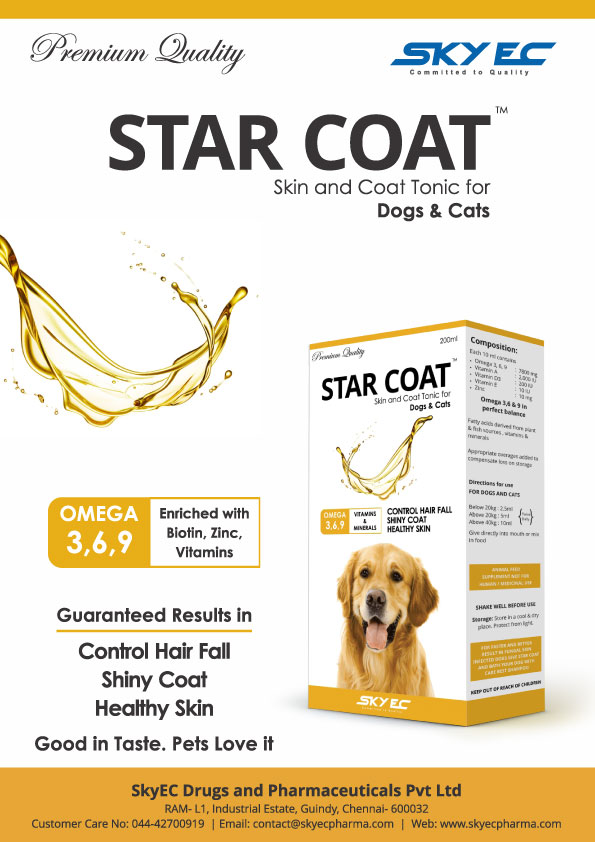
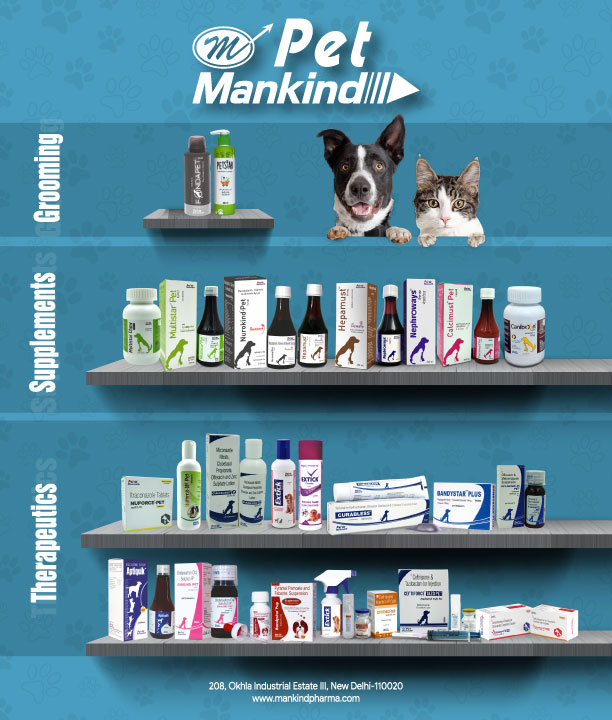
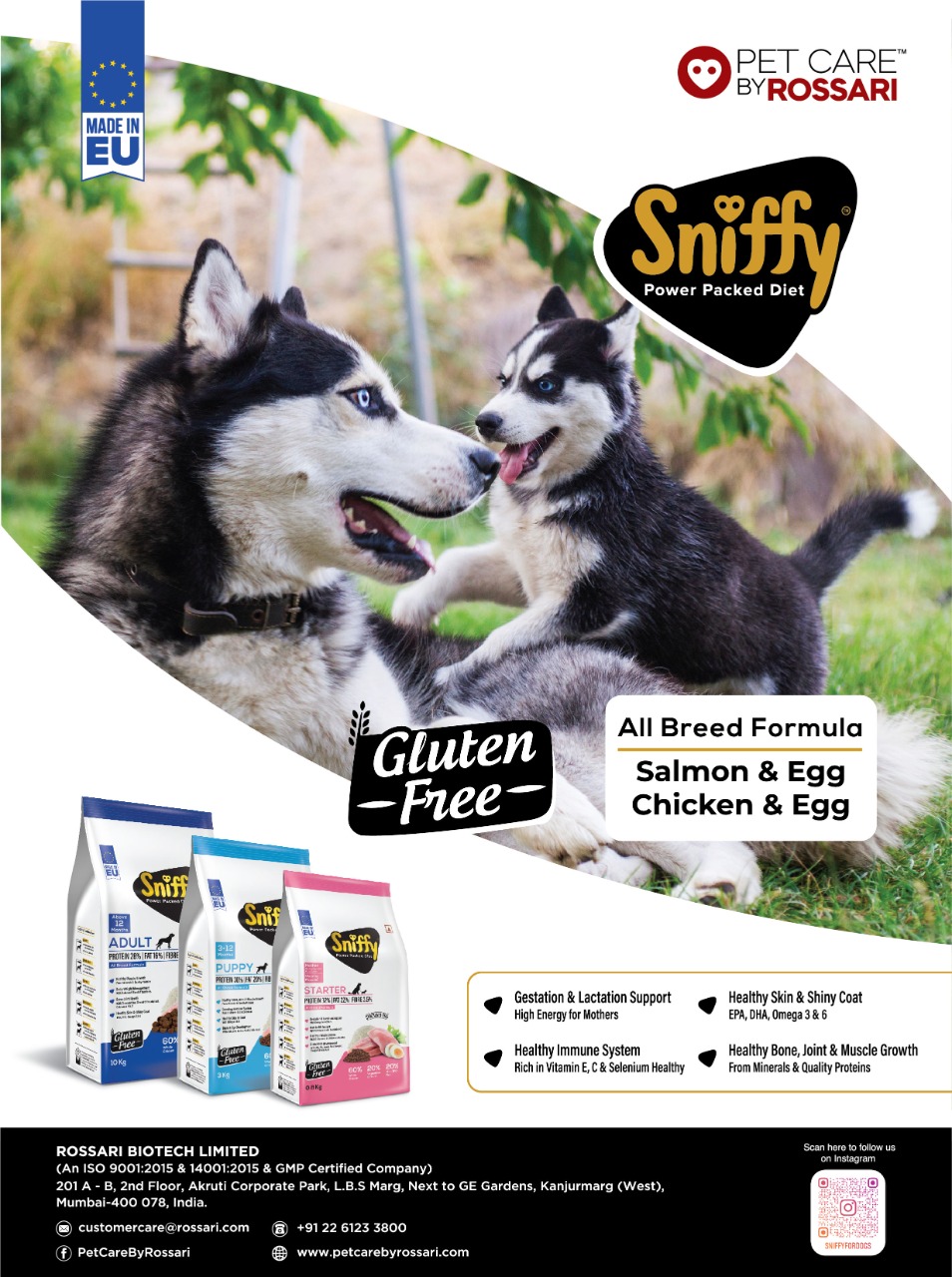
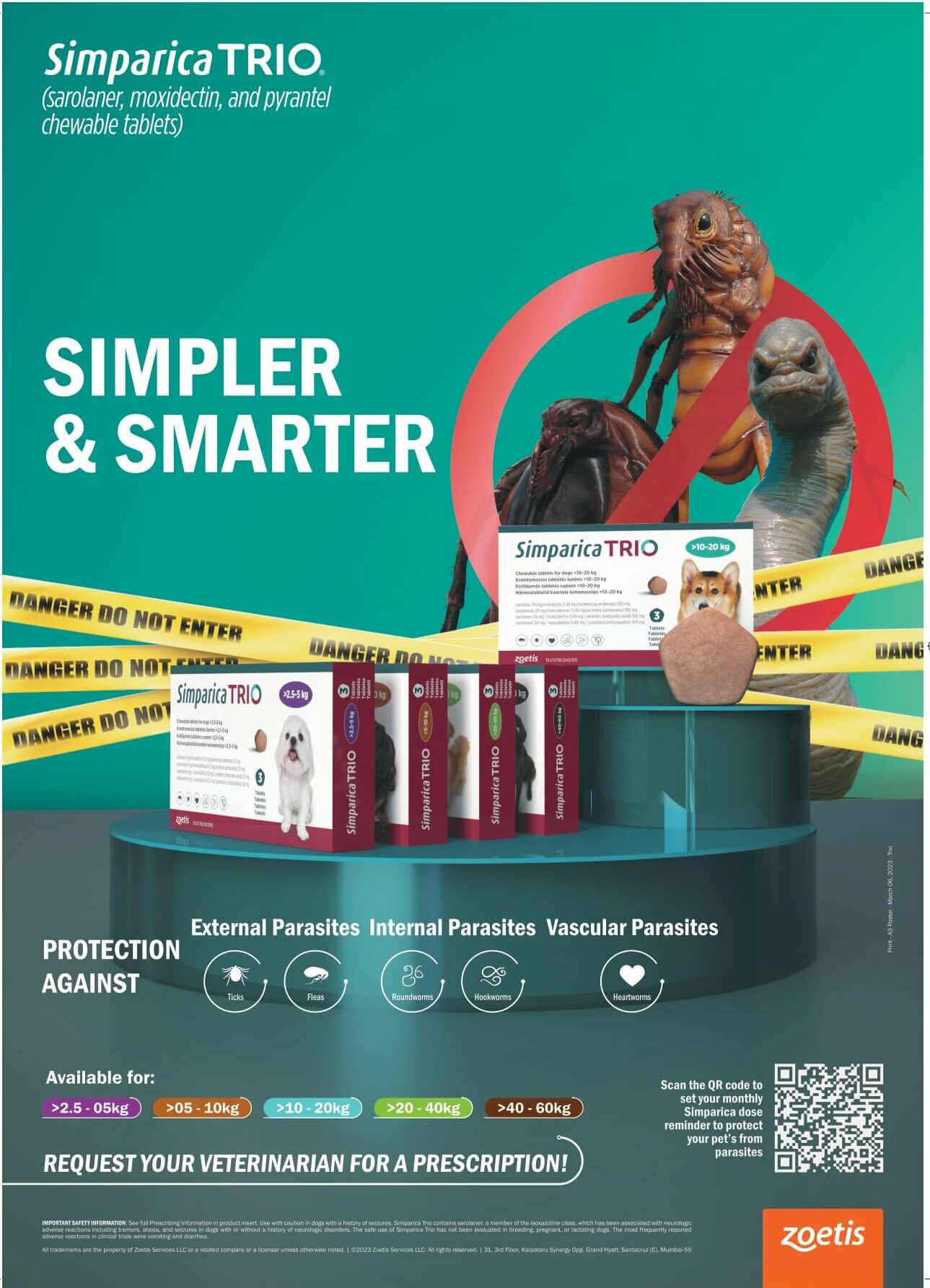
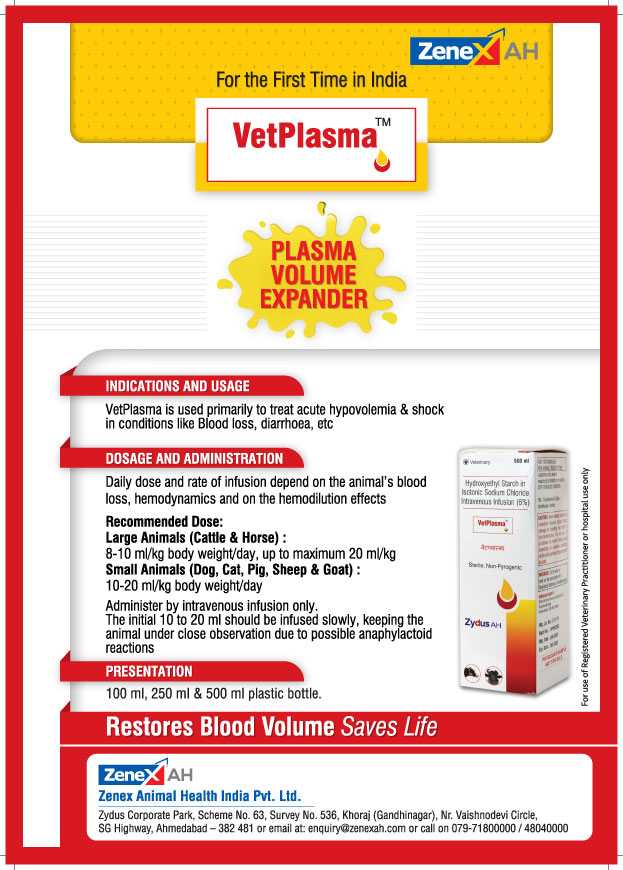

 " >
" >
 " >
" >